I. Crocodiles in the Nile?
Still in recent history, there were crocodiles in the entire Nile, even in canals and water retention. They also lived in a lake, "Lake Moeris" in Fayoum. Gradually, the crocodile was pushed back and its range has become increasingly smaller. During the 1950s, a kind of hunting tourism, where hunters from around the world came to Egypt to shoot crocodiles, heavily reduced their numbers. Moreover, when they built the Aswan Dam in the 1960s, they practically closed the Nile north of the dam to the remaining crocodiles.
In Egypt, crocodiles are now found only south of the Aswan Dam – and especially in Lake Nasser, where about 70000 of them are estimated to live today. But I doubt the figure; it seems too high.
North of Aswan, a few crocodiles are kept in Nubian villages. For a fee, tourists are sometimes allowed to have their pictures taken with baby crocodiles. But it is a sad business where crocodiles are treated very badly.
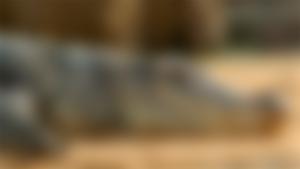
Fully grown, the Nile crocodile [Crocodylus niloticus] is an impressive creature. It can become 6 meters long. Individual reports are available of up to 10 meters long individuals, but I think that's an exaggeration. 6 meters is enough to cause humans to feel small. No animal is safe from a crocodile in its own environment, except the hippopotamus.
Crocodiles always fill me with a certain reverence. They are one of the oldest advanced species that still exist. The crocodile developed before the dinosaurs! It is perfectly adapted to its environment. So perfectly that it has not needed to evolve much and has never been threatened. Not until now, when humankind with its technology threatens all life on the planet. This is an aristocrat among animal species.
II. Sobek, Crocodilopolis & the Sacred Crocodiles
In ancient times there was a city in Egypt called "Crocodilopolis" (sometimes written with "k", "Krokodilopolis"). That is to say, the Greeks called it "Crocodilopolis", which means "crocodile city". The old Egyptians called the city "Shedet" or "Shedyet". The Ptolemies later renamed it to "Arsinoë", after Ptolemy II Philadelphus's wife.
The city was in "Fayoum", one of the most fertile parts of Egypt. It was never a large city, despite the fact that it was the capital of Egypt during the twelfth and thirteenth dynasties. Today nothing remains, other than insignificant ruins. There is also “Lake Moeris”, which has always been central to local life.
Crocodilopolis was the center of a crocodile cult which, according to legend, was started by "Pharaoh Menes," the man who "united the Lower and Upper Egypt". A crocodile would have saved his life when he hunted in Fayoum's swamps and was attacked by his own dogs.
The Crocodile God they worshipped was "Sobek". He later came to be associated with "Ra" (like "Sobek-Ra") and "Horus" and later he merged together with "Amon". Sobek was the Nile god. He and crocodiles were worshipped in Crocodilopolis and in some other places. Sobek was also the patron of the pharaoh's army. The crocodile symbolized power and strength.
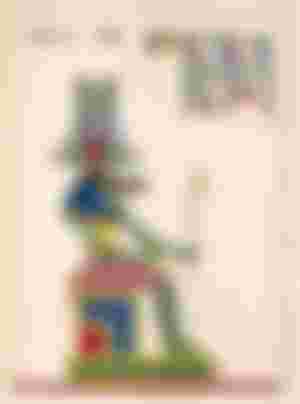
In Crocodilopolis they had a sacred crocodile called Petsuchos. It means "Sobek's son". It was regarded as a manifestation of Sobek. Petsuchos lived in a temple, was well fed and had to wear gold and jewels - and he had a clergy who waited on him. When Petsuchos died, he was mummified and given special burial ceremonies. Then he was replaced by a new Petsuchos.
In "Kom Ombo", a small town in Upper Egypt, north of Aswan and on the Nile's east side, was another center for the cult of Sobek and crocodiles. A temple where they kept crocodiles in artificial lagoons. Dead crocodiles were mummified and placed in sarcophagi and taken in procession to their final resting place.

Another interesting aspect of Sobek is his involvement in "the myth about Osiris". He helped Horus to defeat Seth. He also assisted at Horus' birth, and also saved Horus' four sons in a net, when they ascended from the Nile's waters in a lotus flower. But that's a story for another time.
Fayoum, the modern city, is located on a part of the surface Crocodilopolis once covered. Since Crocodilopolis was founded around 4000 BC, Fayoum, if we consider it a continuation of Crocodilopolis, is Egypt's oldest still existing city. On maps it is sometimes written "Al Fayyūm".
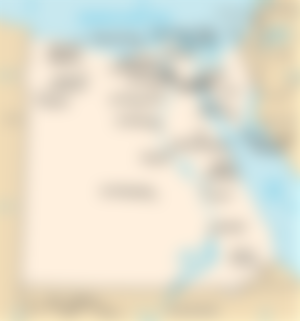
Finally, let's see what old Herodotus says about what happened when someone was killed by a crocodile in ancient Egypt. Whether it is true or not is hard to say. Herodotus must always be taken with a grain of salt.
"Whenever any one, either of the Egyptians themselves or of strangers, is found to have been carried off by a crocodile or brought to his death by the river itself, the people of any city by which he may have been cast up on land must embalm him and lay him out in the fairest way they can and bury him in a sacred burial-place, nor may any of his relations or friends besides touch him, but the priests of the Nile themselves handle the corpse and bury it as that of one who was something more than man."
The story about Egypt's Sacred Crocodiles continues in The Crocodile, a Symbol of Egypt?
Copyright © 2016, 2020 Meleonymica/Mictorrani. All Rights Reserved.
All my articles about Egypt and Egyptology can be found here.
Interested in history, legends and myths, join my community History, Myths, Legends & Mysteries (be45).
You find all my writings on Read.Cash, sorted by topic, here.
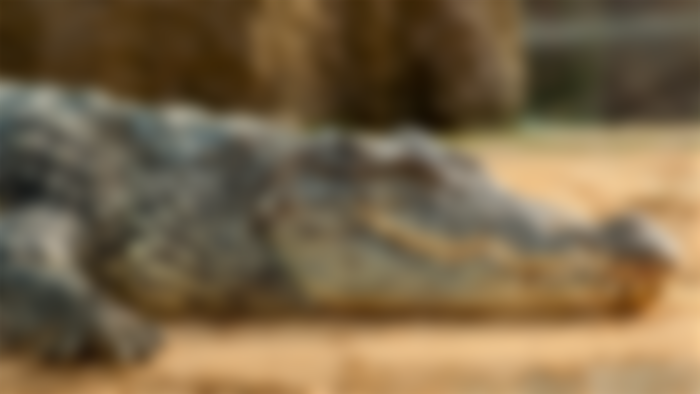
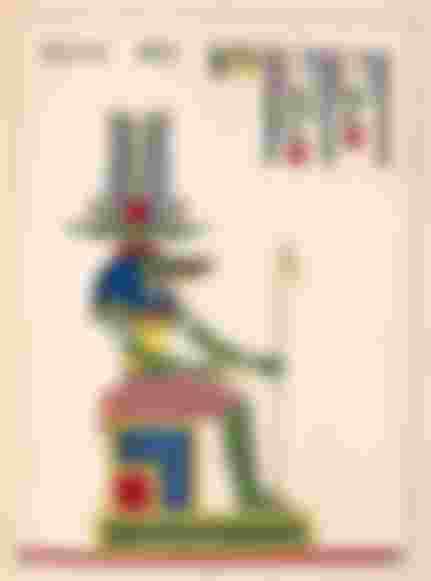

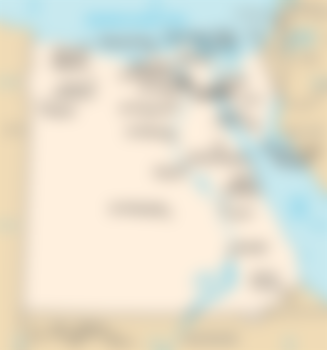
It's an exciting fact that a number of animals are sacred for distinctive cultures. Even if they are not acknowledged as "holy" they are well cared or given importance by the members of these cultures. Really really interesting and rooted😌😌